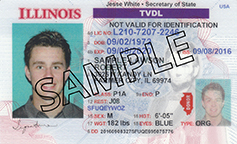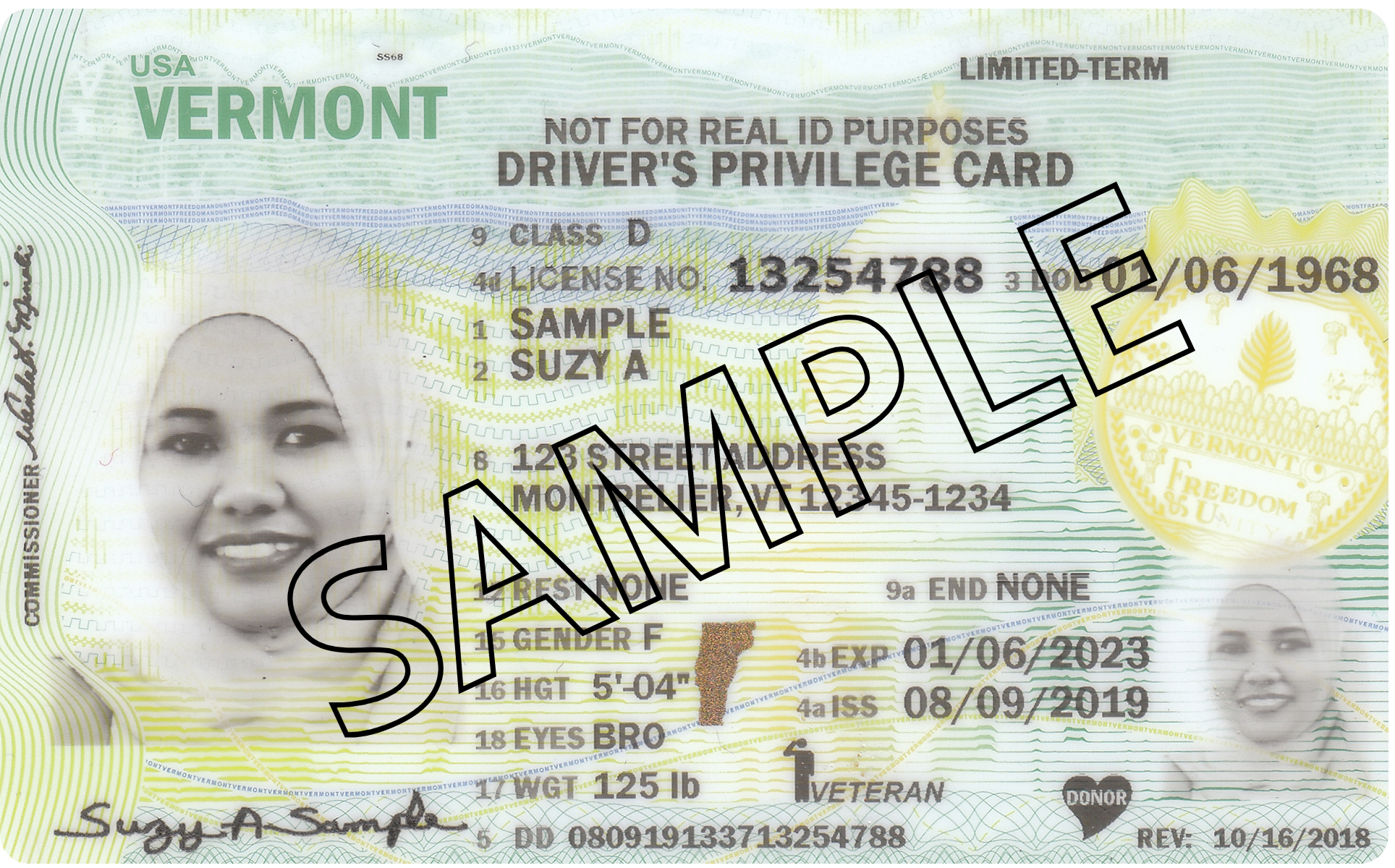What is a Drive Only License?
Updated: June 2025
A Drive Only License is a special type of driver's license that allows someone to legally drive a vehicle, but doesn't serve as proof of legal immigration status or identity for federal purposes. These licenses are often issued to people who live in the United States but may not have documents showing lawful presence—such as undocumented immigrants. The goal is simple: to help all drivers, regardless of immigration status, stay safe and follow traffic laws.
People often expect a drive-only license to look noticeably different from a standard license. In some cases, a drive-only card is distinguished by a different color or bold banner on the front. But in other states, the drive-only card looks identical to the standard license, except for some simple black text on the front.
How a Drive Only License Works
Unlike a regular driver's license, it doesn't grant full identification rights. It's meant only to let someone drive legally on public roads. That's why it's sometimes called a driving privilege license in certain states.
With a Drive Only License, individuals can:
- Drive a car legally
- Register a vehicle in some states
- Get auto insurance more easily
But they cannot:
- Vote in U.S. elections
- Board domestic flights
- Enter federal buildings
- Prove legal immigration status
Who Can Apply for a Drive Only License?
If you can't get a regular license because of immigration status, you may still be eligible to receive your drive only license. These licenses are not available in every state, and the rules for getting one can vary. However, most states that offer them require applicants to:
- Prove their identity with foreign documents (like a birth certificate or passport from their home country)
- Show they live in the state (through utility bills, rental agreements, etc.)
- Pass a vision test and written exam/knowledge test
- Take a road test
Some states also require an appointment or specific paperwork before you can even start the application process.
States That Offer Drive Only Licenses
A growing number of states now offer these licenses or driving privilege cards, although the names and details vary. Here are some of the states with well-established programs:
Connecticut
The state of Connecticut introduced its program in 2015. It allows individuals without legal status to apply for a Connecticut driver's license with the Connecticut DMV that permits driving but doesn't serve as legal ID. Applicants must provide proof of identity and residency and may need to schedule an in-person appointment in advance.
California
California's AB 60 license allows undocumented residents to apply for a driver's license. The license/id cards are marked with a special notation and cannot be used for federal identification.
Utah
Utah offers a Driving Privilege Card (DPC). It's not a driver's license, but it does allow driving within the state. Applicants must show proof of Utah residency and identity, and renew the card every year.
Minnesota
In March 2023, Minnesota passed the "Driver's Licenses for All" law, which officially took effect on October 1, 2023. Under this new law, residents of Minnesota can apply for a standard driver's license without needing to prove their immigration status. The goal of the law is to make driver's licenses accessible to all Minnesotans, ensuring that immigrants and non-citizens have the opportunity to obtain a license and drive legally, regardless of their legal presence.
Other States
In all, 19 states offer some kind of drive only license - for the time being anyway. These states may call them "standard driver licenses" or "non-compliant licenses," but the purpose is similar: granting driving privileges, not immigration benefits. It's important to check your state's Department of Motor Vehicles (DMV) or equivalent agency to find out what licenses are available and what documents you need to apply for a driving privilege.
Why Drive Only Licenses Matter
The purpose of Drive Only Licenses is public safety. When more people on the road are properly licensed, trained, and insured, everyone benefits. These licenses also give undocumented individuals a way to take care of essential tasks like commuting to work, driving children to school, or going to medical appointments—without the constant fear of getting penalized for driving without a license.
Law enforcement agencies and safety advocates support these programs because they increase accountability. If a driver with this License is pulled over or involved in an accident, they can be properly identified, just like any other motorist.
Challenges to Be Aware Of
While helpful, they do come with limitations:
- They can't be used to prove legal presence.
- Some people may misunderstand what these licenses mean, assuming they carry more authority than they do.
- In some areas, getting an appointment to apply can take weeks or even months due to high demand.
Still, for many people, these licenses are a key to safer roads and a more stable daily life.

"TVDL" in purple bar indicates a Drive-Only Card
(Temporary Visitor Driver's License)

"DRIVER'S PRIVILEGE CARD" indicates a Drive-Only Card
Where the Rubber Meets the Road: Is It Valid as ID?
The answer to this question varies by state. A drive-only license that clearly states "Not valid for federal identification, voting, or public benefit purposes" makes it easier for banks, businesses, and government agencies to decide whether or not to accept it as ID. But when gray areas remain, DMV websites, state law, and industry guidelines can make it clear where to draw the line.
